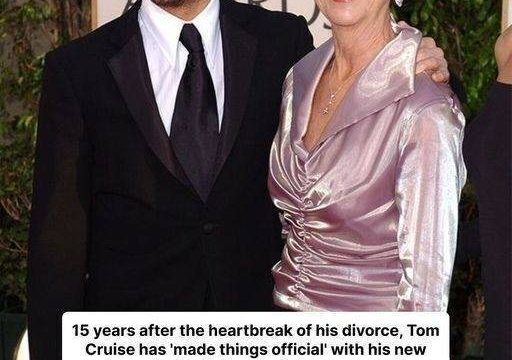Why This Riddle Stands Out
While riddles often rely on wordplay or abstract logic, this one is different. It requires sharp observation and a keen sense of detail. It’s not about overthinking but about noticing the clues hidden in plain sight. So, what sets this riddle apart is its ability to test both your perceptiveness and your deductive reasoning.
How to Approach the Puzzle
Ready to solve the mystery? First, take a good look at the image. Don’t rush—observe everything. Look for small but telling details that might reveal who the living person is. Sometimes, the answer is in the most unexpected places.
The Power of Perception
Perception plays a massive role in solving riddles like this. Often, our brains are wired to see what’s most obvious, but this riddle challenges you to look beyond the surface. What appears ordinary could hold the key to unlocking the entire puzzle.
Clues Hidden in Plain Sight
One of the best ways to approach this riddle is by paying attention to the small things. Is there anything unusual about the setting? What about the positions of the people or objects in the image? It’s these little things that often carry the most weight in solving visual riddles.
Common Mistakes People Make
When trying to solve riddles like this, many people make the same mistakes. One common error is jumping to conclusions based on first impressions. Instead of taking your time to carefully assess all the clues, you might be tempted to go with the most obvious choice. But that’s exactly what this riddle is designed to trip you up on!
Riddles and Cognitive Training
Engaging with riddles like this isn’t just about having fun—it’s also about cognitive training. By analyzing clues, identifying patterns, and solving problems, you’re giving your brain a mental workout. This type of exercise is especially important in today’s fast-paced world where distractions are everywhere.
The Importance of Observation in Riddles
Observation is everything when it comes to visual riddles. This particular puzzle demands a heightened sense of awareness. Every shadow, every color, every object in the image could potentially offer a clue. The moment you overlook a single detail, you risk missing the answer.
Breaking Down the Riddle Step by Step
Now, let’s walk through the riddle. You’ve got a group of individuals, and one of them is still alive. The challenge is to identify which one. Think about what it means for someone to be alive in this context. Are there any signs of life—like movement, color, or even objects near them that hint at the answer?
The Riddle’s Answer: Who Is Still Alive?
After careful observation and logical deduction, the answer to the riddle becomes clear: the person who is still alive is Person A. Why? Look closely. There’s blood under the table where Person A is seated. This critical clue indicates that the other individuals are not alive—because a body in the morgue wouldn’t have fresh blood flowing out.
Why the Answer Makes Sense
Let’s break it down further. When bodies are in a morgue or other such place, they no longer have blood circulating. So, the presence of fresh blood is the tell-tale sign that Person A is the one who is still alive. It’s a small, easy-to-miss detail, but it holds the key to solving the puzzle.
How This Riddle Keeps Us on Our Toes
Riddles like this remind us how easy it is to overlook the obvious. They push us to slow down, reconsider our initial assumptions, and dig deeper. In a world where everything moves quickly, taking the time to think critically and observe closely is more important than ever.
Why Riddles Are Good for the Brain
Riddles not only entertain us but also help develop cognitive agility. By regularly challenging ourselves with puzzles like this, we can enhance our mental flexibility, improve concentration, and even boost memory. It’s a fun way to stay sharp in our daily lives.
In the end, riddles like “Who Is Still Alive?” offer more than just a mental challenge—they remind us to pay attention to the world around us and question our assumptions. While it might seem like a simple puzzle, the level of observation and critical thinking required to solve it makes it an excellent mental exercise. So next time you come across a brain teaser, remember to look twice. You never know what small detail might change everything.
This article provides a complete walkthrough of the “Who Is Still Alive?” riddle, encouraging readers to think critically and sharpen their observation skills. Whether you solved it on your own or needed a little help, this riddle serves as a reminder that the answers are always there—if you know where to look!






